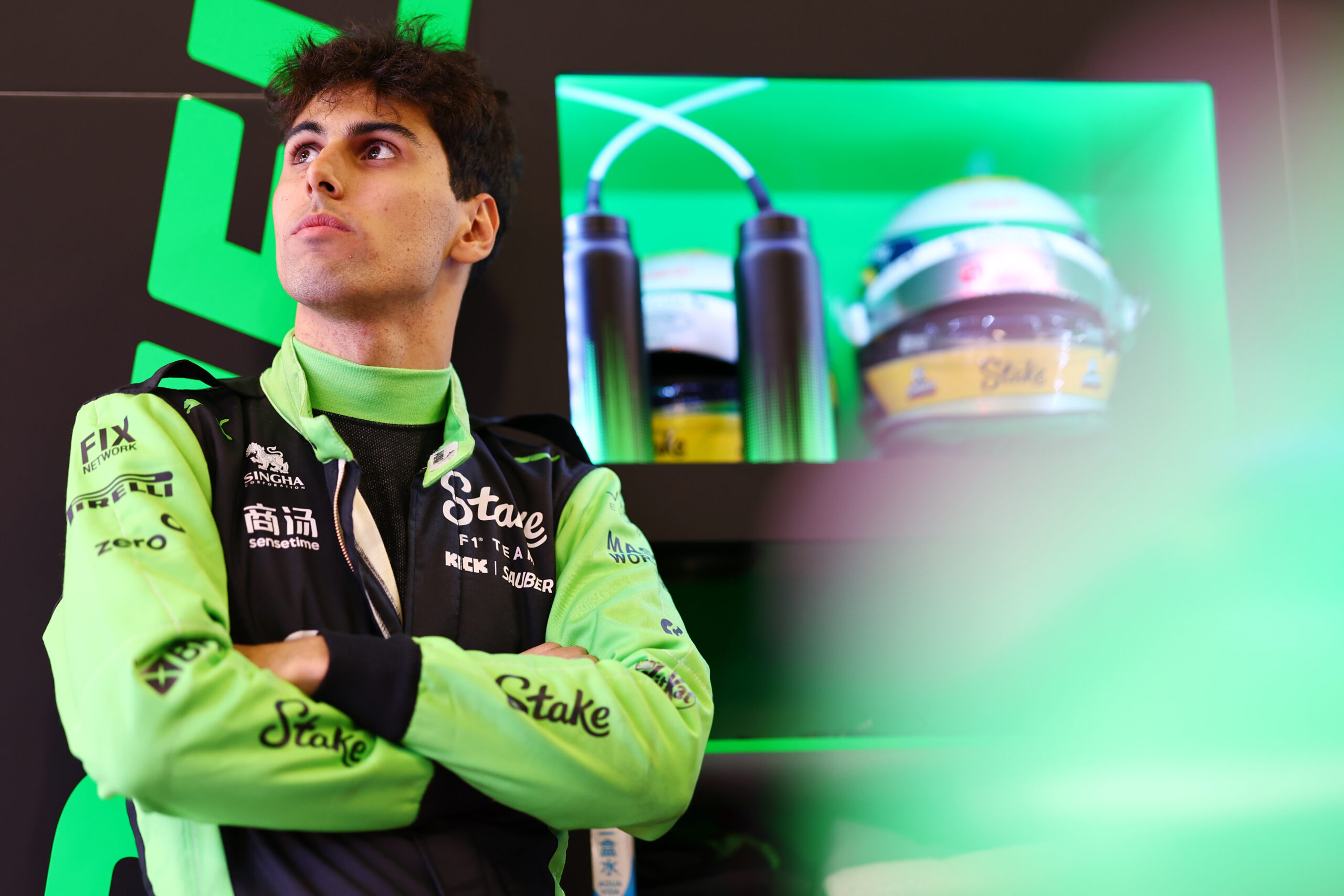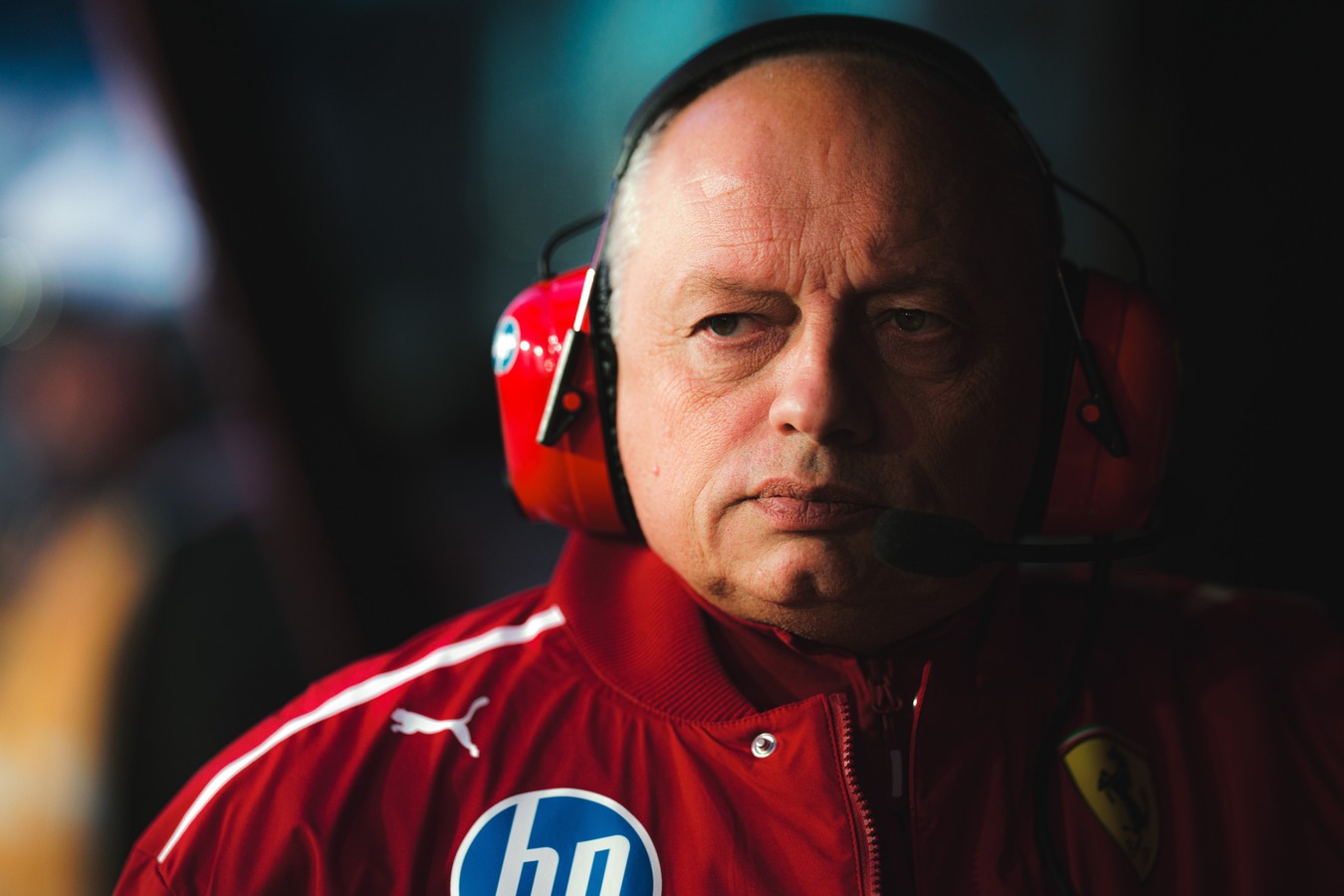
Photo credit: ParcFer.me
With the Hungarian GP archived, it’s already time for Formula One to think about the Belgian GP which will be staged this weekend at Spa Francorchamps. A race in which, to confirm recent progress, Mercedes brought the latest W14 development package to the track to reduce the car’s drag and increase its straight-line speed. A package consisting of new inlets and sidepods.
With the Hungarian GP done and dusted, it’s already time for F1 to think about the Belgian GP which will be staged this weekend at the historic Spa-Francorchamps track. A circuit, beautiful to drive, fascinating and challenging, both for the teams and for the drivers. In fact, the Wallonia track (the longest in the world championship) features important variations in altitude, unpredictable weather (for now, rain is given for the entire duration of the event), several elevation changes and a mix of fast corners with some very slow ones which make it difficult to choose the optimal set-up.
In fact, the correct setup comes from a compromise between a second sector full of corners, where downforce is key, but not wanting to lose too much top speed on the long straights of S1 and S3. A compromise that leads the teams to look for intermediate solutions between aerodynamic efficiency (reducing drag as much as possible to overtake or defend) and the amount of downforce. A challenge for which, after the Hungarian GP and the steps forward shown by the Spanish GP, Mercedes does not want to be caught unprepared. On the contrary, they look to confirm the progress, and do well on a track that is not on paper so favorable. Not only that, but Toto Wolff’s team also want to react after McLaren’s growth and defend their role as the second quickest car. To do this, at least according to what was seen in the Spa paddock, the Brackley-based team brought the latest W14 development package to the track.
The car of the German manufacturer, in fact, presents novelties in the area of the sidepods, aimed at the search for better efficiency, as stated fundamentally on this type of track. News that take the concepts brought to the track with the B version of the W14 to extremes and that bring the black arrow to get closer and closer to the Red Bull philosophy, reducing the section of the inlets and digging the sides in the lower area, close to the bottom with the intention of reducing the drag and improve the maximum speed, but also to increase the downforce, given that the airflow towards the floor is increased.
In detail, the Brackley technicians have revised the design of the radiator vents (in the external area), making them work in synergy with the excavation in the rear area to significantly reduce the section of the car and increase the airflow to the underbody which, as mentioned, it should allow an increase in load. An increase which, indirectly, could help to reduce the angle of incidence of the rear wing (already unloaded, with a very reduced chord and which keeps the main plain straight).

Photo credit: ParcFer.me





